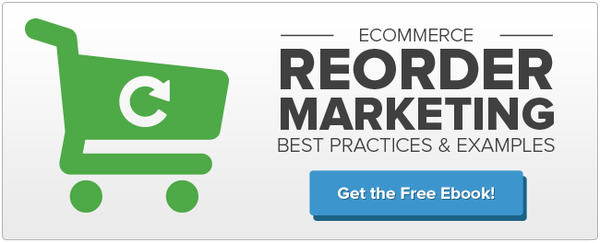 I always admired watermills; how human beings are able to generate energy freely through a river flow. I imagine how a baker, centuries ago, had to move that big stone grinding mill by hand, or with the help of animals, and how one day he decides to take advantage of the forces of nature to generate the necessary motion for that heavy stone.
I always admired watermills; how human beings are able to generate energy freely through a river flow. I imagine how a baker, centuries ago, had to move that big stone grinding mill by hand, or with the help of animals, and how one day he decides to take advantage of the forces of nature to generate the necessary motion for that heavy stone.
But this task was not easy. He had to find a location suitable for the wheel, build it, adjust it properly so it can take advantage of the river’s flow and put that huge wheel in movement; a job with an extremely high initial cost, but always profitable in the long term.
One day I wondered if this same concept could be applied to inbound marketing. How can I build “watermills”? How can I find some streams to generate motion for free in our online store?
After a thorough analysis, we found there is not only one wheel: inbound marketing can be powered by hundreds of interconnected wheels. However, we had to begin with one and choose a suitable stream to build that wheel. So we decided to start with our customers’ reviews.
At the beginning, we had an average of 1 comment per day. With this review rate, it was impossible to do something remarkable, so we focused on improving this ratio.
The first step was inviting our customers to write reviews on the products they bought. This action helped us to increase the rate up to 2 - 3 reviews per day. It was progress, but still insufficient. It was time to apply conversion rate optimization principles (in case you haven't noticed yet, I’m completely in love with CRO).
Optimizing Design for Conversions
Our first move consisted of creating a specific landing page where customers could discuss their purchased products easily. It helped us to raise the number of comments up to 30 a day. That was a huge improvement. However I still wanted more engagement. So we came up with a second optimization.
Our first approach:

We worked hard to optimize our second design for conversion:
- We removed most of the distracting elements, such as the top menu.
- We helped customers focus on writing one review at a time.
- We asked for help. This always works well if you explain why you need their help.
- And, of course, we thanked our customers for their time.
Our second approach:

After applying this optimization, we started receiving more than 50 reviews per day. Our "stream" was ready to move the watermill.
It is obvious that comments and reviews help to generate more sales. Customers not only feel more attracted by those products, but also Google may decide to include them in their search results pages, improving your CTR and driving more organic traffic.
Although we made an awesome improvement, it was not enough. We believed that we could generate more movement and that this was only the beginning.
Getting Social
We wondered for a little and thought how to leverage the power of social media for this process. We connected the reviews and our social media profiles so as to automatically publish the best reviews, and that surprisingly made fans interact even more—discussing products, visits, and sharing. (We are still trying to bring back these interactions to our site to fully synchronize everything!)
This step increased our Facebook Page engagement by 50%. Would it be possible to keep engagement growing? We tried…
Our next move consisted of generating email marketing automatically with the best comments of the week. Customers highly appreciate these kind of emails. They are not the usual “buy! buy!” advertising, and as a result they have a higher open rate and, what is more, customers feel even more encouraged to write their comments and reviews about the products.
But we felt we were still missing something. We were talking about inbound marketing and we wanted to go ahead. So we came up with this idea: we would write a post on our blog with the best reviews and share this post automatically with bloggers, forums, etc. The wheel was spinning at almost full speed.
Tying it All Together
Creating a process like this is hard. It requires coordination of UX, programming and CRO. That’s why we did a "simulation of the wheel" initially and did all these processes manually, simulating the movement of the wheel. For one week, we became a “Mechanical Turk” and as a result we increased our non-Google traffic by 35% and improved our organic traffic from Google as much as 15%.
Now we are finishing our automation processes to make our watermills generate unlimited free movement, and the thought on everyone’s mind at the office is, “What’s the next wheel?”
What do you think? Where have you found the most leverage in ecommerce marketing automation? Let us know in the comments below!



